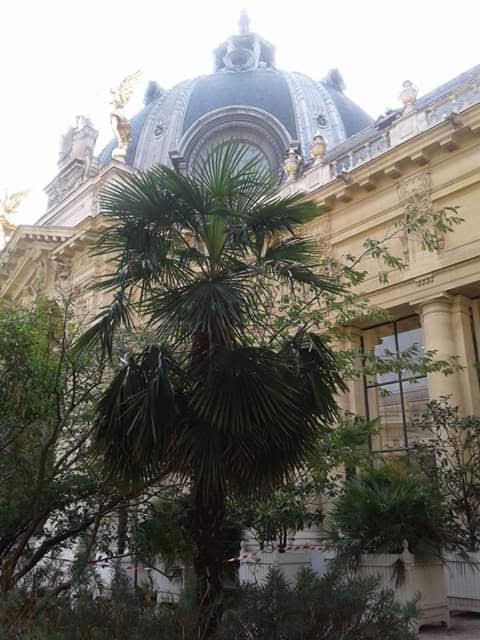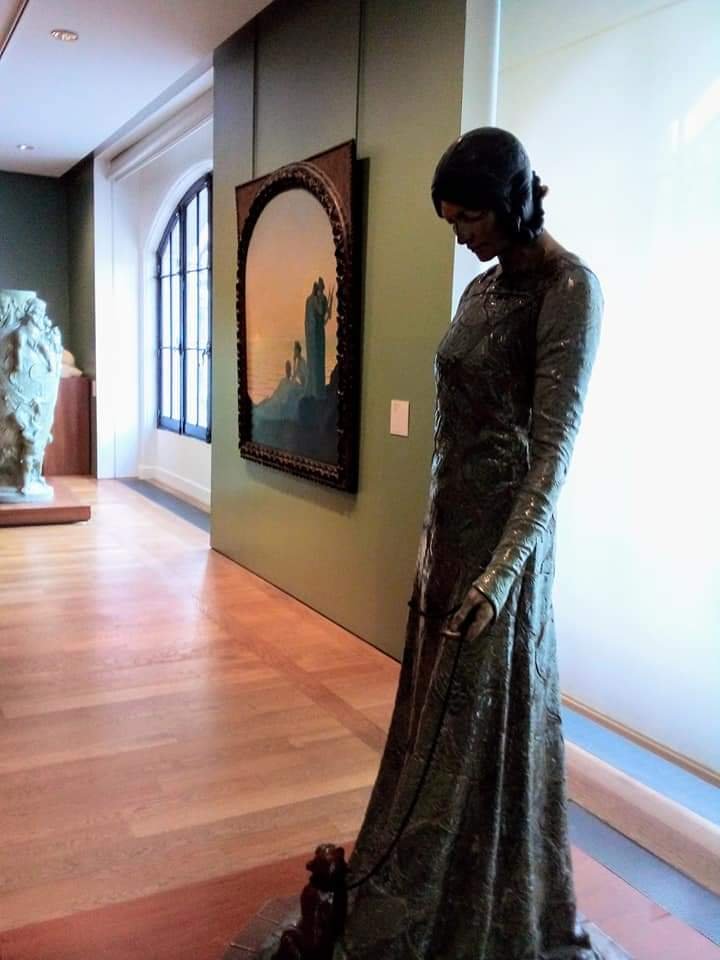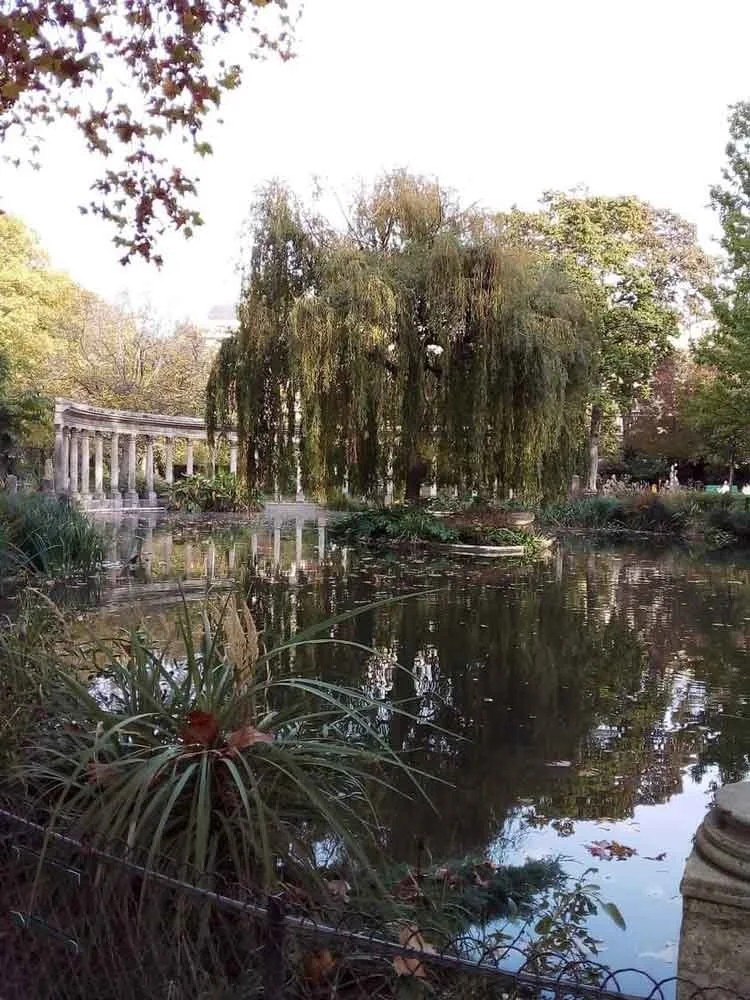Muriel Louveau is an eclectic French composer, performance-maker, and singer who also enjoyed modeling for creative photographers and fashion designers . She refers to her vocal pieces as “medieval contemporary” inspired by ancient and foreign music, she also invents her own imaginary language spanning centuries and ethnic and spiritual divides. Select international events include these in the US: BAM’s Next Wave Festival (NYC), Le Poisson Rouge (NYC), Galapagos Arts Space (NYC), The Flea (NYC), National Sawdust (NYC), and Peabody Conservatory (Baltimore). Performances in Europe: SKIFF (Russia), French Spring Festival (Latvia), Lille 3000 (France), and Schau Raume (Austria). In addition to her solo projects, Louveau collaborates across mediums with artists such as english photographer Holly Warburton, Ildiko Nemeth, director of New Stage Theatre Company, Teresa Fellion choreographer of BodyStories Company, and Tiffany Mills artistic director of the Tiffany Mills Company and she also leads virtual vocal workshops and classes.
Tell us about your preferred neighborhoods.
Le Marais, Ile St. Louis, and Place Colette are all neighborhoods linked to my memories and emotions. They remind me of so many events and encounters.
Some places you like taking visitors to Paris?
Place des Vosges, Palais-Royal, Gustave Moreau Museum are all places where I have had magical and intense experiences.
What museums or cultural venues do you frequent? And what makes them great?
Since COVID, I go regularly to the Petit Palais. It is a sanctuary and a source of inspiration with great art collections and theatrical architecture. A great place to feel immersed with an exquisite garden to enjoy tranquility and beauty. I very much like Musée Guimet, Musée Cernushi, and Musée de Cluny, but I feel Petit Palais is like a home.
What are some historic places you visit that reconnect you with a sense of history?
To reconnect with my own past and find peace of mind, I like to walk in Jardin des Tuileries and spend a moment in small or more intimate museums and churches, too. It is a necessary ritual to recall the spiritual meaning of these places. I often stop by L'Église de la Madeleine and feel transported by the grand space and larger-than-life spectacle.
Some things or places you can find only in Paris?
Legendary cafés, bistros, and brasseries where you can touch the history of literature and arts. It is the city of poets and dreamers. So many artists found refuge here, and I believe their ghosts are lingering to continue to inspire us.
Some places you like to go to be alone?
Parc Monceau is a delightful oasis, especially in spring and fall.
What are some misconceptions people have about life in contemporary Paris?
Paris, the "Romantic"city is a such a cliché. People forget what shaped the international past story that fostered adventurous cultures: the frivolous, creative Paris of the Roaring Twenties. It was the heart of euphoria, nightlife, and subculture fueled by surrealists and expatriate artists. Paris also welcomes an increasing number of gay lesbians and bisexual salons and clubs - which was rare at that time. I sense The Roaring Twenties are often overshadowed by the existential movement in St. Germain des Prés.
Another similar burst of creative energy happened in the eighties with the Club Le Palace as a hub for a new generation of talents and eccentrics. Wealthy and broke mingled there. Paris was again the epicenter of extravagant nightlife, fashion, and parties. It aroused a freedom of expression in the art world not just dictated by money and consumerism.
What I mean is that under the "glamourous" image of Paris, there is a layer of irreverence and provocation. But Like other capitals, contemporary Paris has become an extremely hyped and expensive city. And my neighborhood is no longer a socially mixed place, the bohemian, eclectic place I used to know.
Why do you love Paris? And why did you choose to make it your home?
I came to Paris to study the history of the arts and because it was a vibrant cultural city and the place to be for creative, young people in search of freedom and eager to discover an exciting and festive arts scene. A place to meet different people, to be yourself. I was fortunate to live in the Île St.louis for a few years and it felt like a little village among long-time residents, writers, intellectuals, and visiting international celebrities wandering along rue St. Louis en l'ile. That eclectic and diverse crowd was our daily life. An open mind, tolerant atmosphere. I never had a boring moment. It was an eventful time.
I met friends in Le Marais rue des Francs Bourgeois, or we got together at Le Flore en l'Île café before partying or chatting until very late at night. Then I flocked to the Temple in the 3rd arrondissement. There was a momentum that fuelled my intense musical research and training that shapes my vocal style and body of work.
La Chapelle de la Salpétriére is a "memorable" place and embodies a turning point in my life. I had the chance to give my first concert in this extraordinary setting during a big collective exhibition. That night drew a large eclectic audience of Parisians and visitors. And following that show, I was invited to perform in New York. A new chapter began, and I had the privilege to spend my time between Paris and New York for musical projects and performances until COVID. Since then, things have changed and Paris has become my "home in exile."
There are so many memories and locations I could map and tag. Something Allen Ginsberg said sums it up nicely, "You can’t escape the past in Paris. And yet what’s so wonderful about it is that the past and present intermingle so intangibly."


















































































